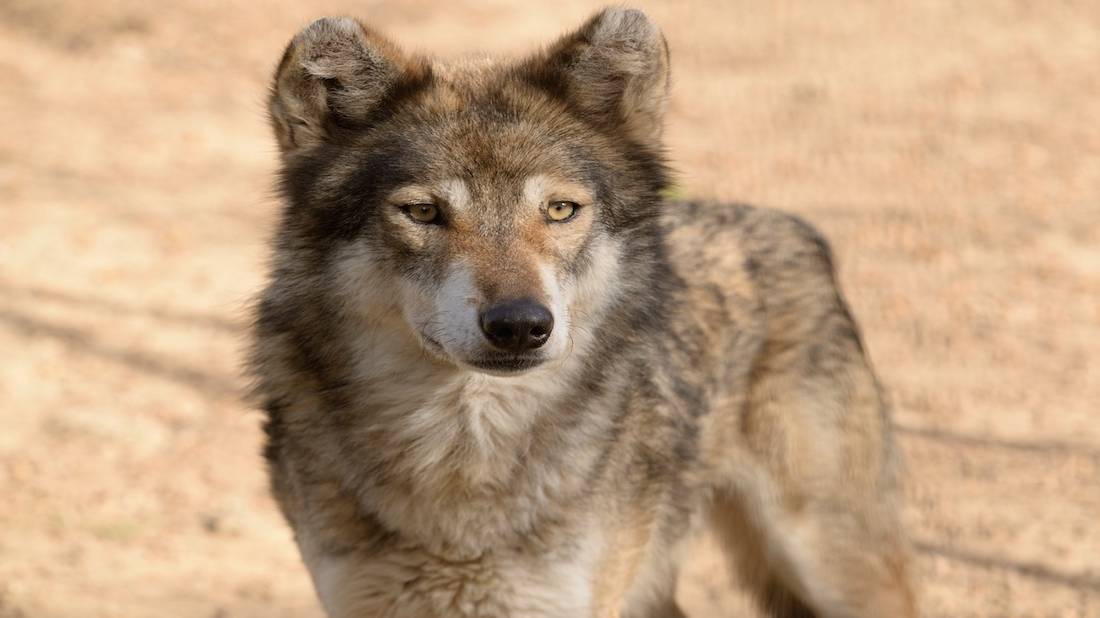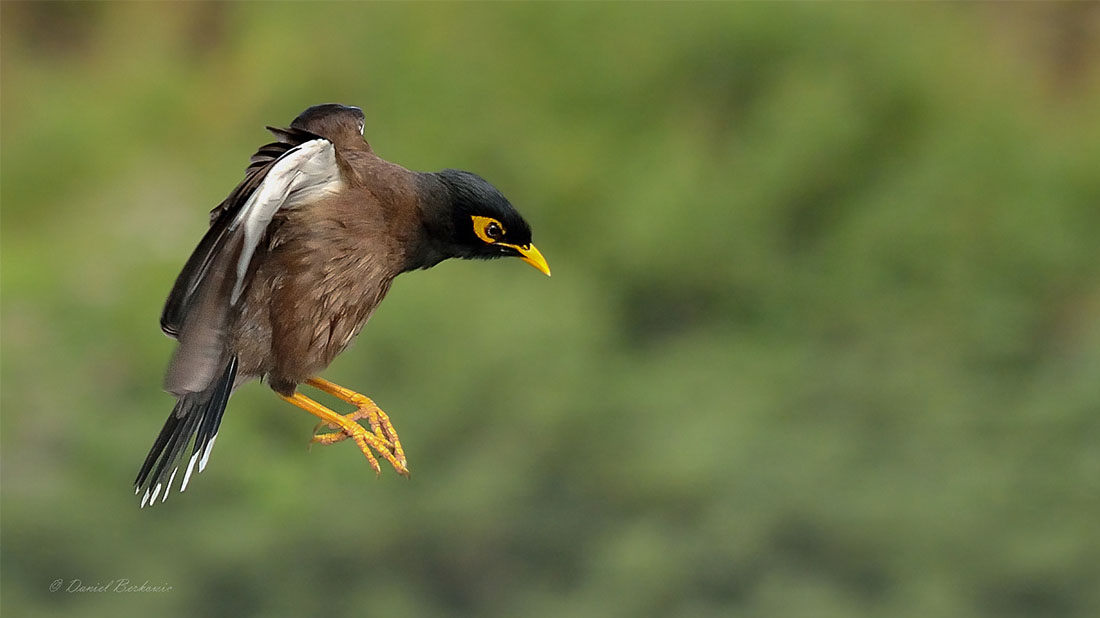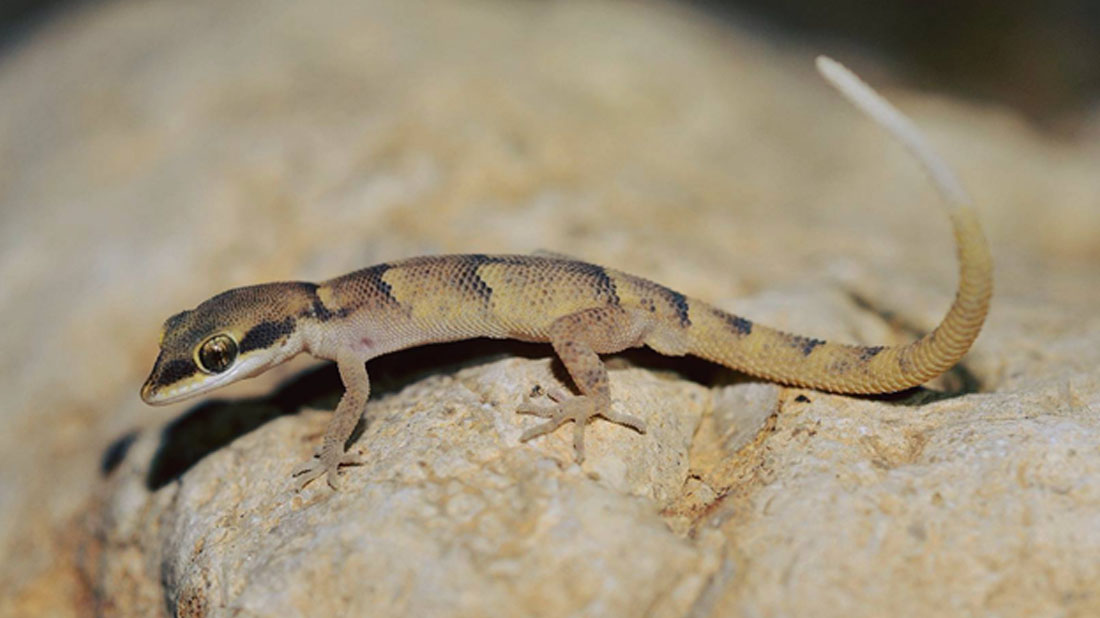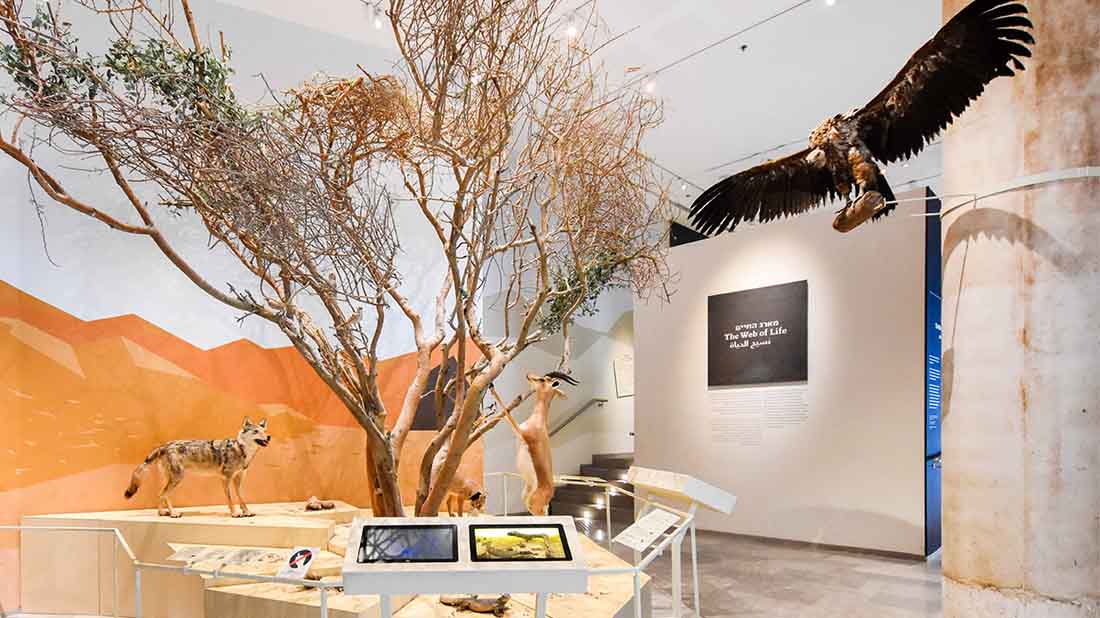The dog is known as ‘man’s best friend’, but not everyone knows that it was the first animal to be domesticated by man. Researchers agree that the dog originated from the wolf, but when exactly this domestication occurred is still under debate: it definitely happened more than 14,000 years ago, but molecular evidence may set the date back to 100,000 years ago, or even earlier.
What is domestication?
Domestication is a process by which man removes a number of individual animals from a wild population, and allows them to reproduce among themselves under his supervision. These individuals are the core from which the domesticated species evolves. From this point onwards, man controls the reproduction, nutrition, mobility and social structure of the domesticated animals. Deciding which animals to breed, he selects for desired traits – such as high milk production in cattle or long, dense wool in sheep, while suppressing unfavorable features – like extreme aggressiveness or dangerous horns. In practice, through domestication, man takes over nature’s role in determining the characteristics of the next generation of animals. In addition, domestication enables us to observe how evolutionary processes occur in nature. The main difference is that natural, uncalculated selection pressures are replaced by the needs of mankind. In other words, in place of natural selection, man formulates targeted artificial selection, through the process of domestication.
Which animals were domesticated and for what purposes?
The wolf was certainly not the only animal domesticated by our ancestors. Others included the horse, donkey, cow, goat, sheep, chicken, pigeon and many more. Cattle, goats, sheep and pigs were domesticated during the Agricultural Revolution, about 10,000 years ago – as a source of meat. Approximately 5,000 later, man began utilizing domesticated livestock for other purposes as well, such as the production of milk, eggs and wool, carrying loads and assisting in various agricultural tasks. Over the last few centuries, additional animals have been domesticated for various uses: ornamental fish and songbirds as pets and beautiful attractions, while rats, mice and hamsters were domesticated for use as laboratory animals.
So how did the wolf become man’s best friend?
It seems that the successful domestication of the dog is related to the social structure of its ancestor the wolf, which is similar in several respects to that of man. A pack of wolves is led by a dominant male – the alpha male, and a dominant female – the alpha female. Only the alpha couple produces progeny, but all members of the pack care for the young cubs. This is probably the feature that enabled the wolf’s domestication and created the powerful bond between dogs and their owners: the dog regards the human family it lives with as its pack, viewing the head of the family as the leader – the alpha wolf; hence the dog’s devotion and loyalty to the head of the family, and to all its members – the members of the pack.
Several physical features, which changed gradually following domestication, distinguish the modern-day dog from the wolf: wolves have elongated skulls and muzzles with flat foreheads, white snouts and erect ears, and narrow bodies with long legs; their tails hang down between their hind legs, their sensory organs are highly developed, and their color is invariably a uniform grey (except for the North American wolf). Dogs, on the other hand, have floppy ears, wagging tails, different colors, black snouts, and so on.
As man domesticated the dog, he made a range of deliberate choices, conducting artificial selection that ultimately generated many different breeds of dog: large and small, heavy and light, with furs of long or short, straight or curly hair, aggressive and swift or pleasant and lazy, etc. However, despite the differences among dog breeds in terms of their external appearance and behavior – there is apparently no reproductive barrier between dogs and wolves: they are still the same biological species, and are able to procreate successfully with one another, producing fertile progeny.






